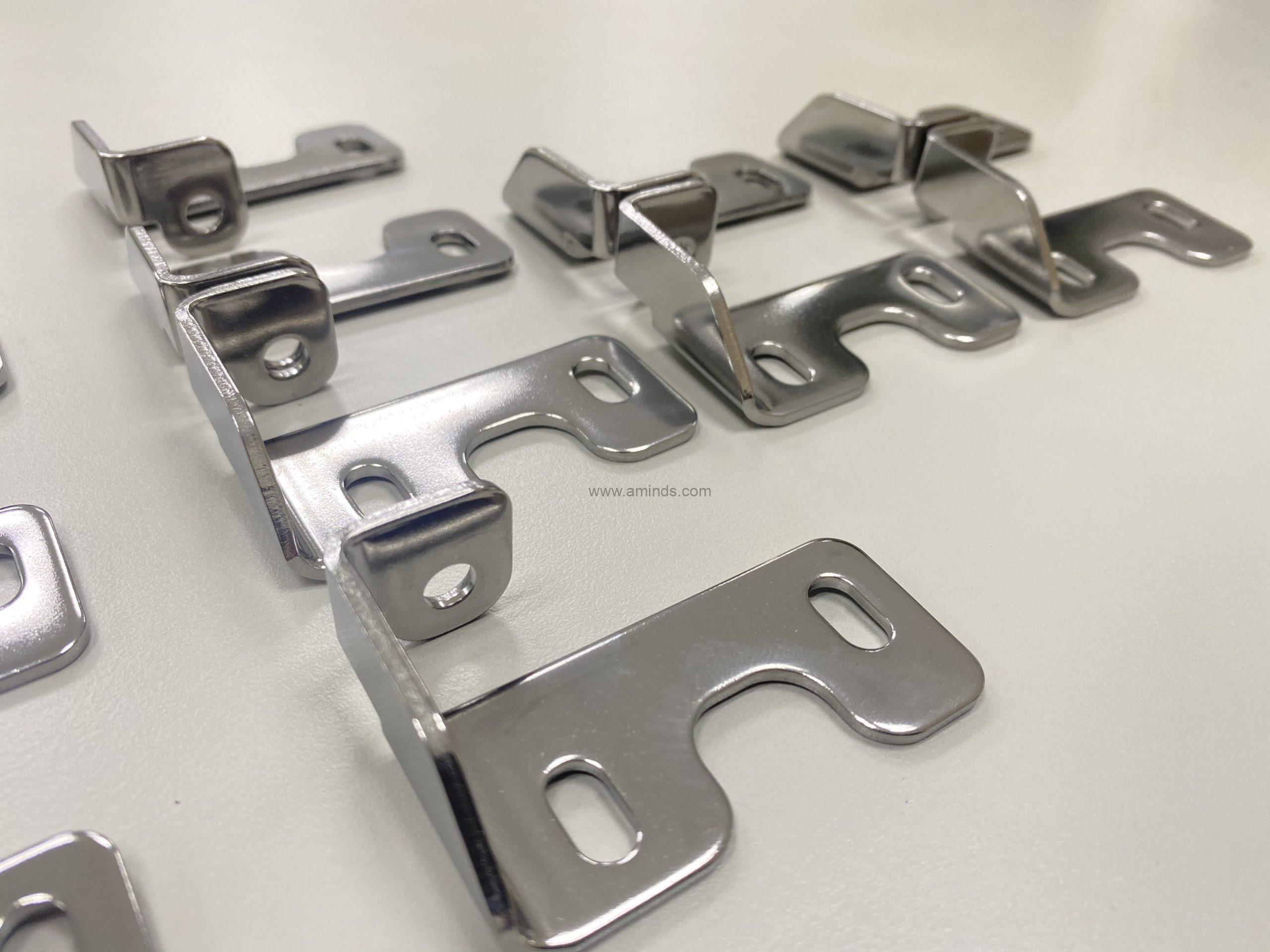Comprehensive Guide to Metal Stamping: Methods, Applications, and Benefits
Comprehensive Guide to Metal Stamping: Methods, Applications, and Benefits
Blog Article
The Development of Steel Marking Processes: Technologies and Applications
The realm of metal marking procedures has experienced a transformative journey noted by consistent development and adjustment to fulfill the demands of contemporary industrial practices. The applications cover throughout a range of industries, each benefiting distinctively from the innovations in metal marking processes.
Traditional Metal Marking Strategies
Traditional metal stamping strategies have long been the foundation of producing processes in different sectors due to their performance and precision. The process involves developing a metal sheet or coil into a preferred form by pushing it in between a die and a strike. This approach is widely used for producing large quantities of get rid of high precision at a fast speed.
One of the crucial benefits of standard steel marking strategies is the ability to keep tight resistances, making certain that each part satisfies the required specs constantly. This level of precision is necessary in markets such as auto, aerospace, and electronic devices, where also small variances can cause considerable problems.
Furthermore, typical metal stamping methods use economical services for mass production contrasted to other manufacturing methods. The capacity to mark parts in fast sequence reduces production time and minimizes labor costs, making it an attractive alternative for services wanting to optimize their production processes.
Emergence of High-Speed Stamping

Among the essential benefits of high-speed stamping is its capability to maintain precision and uniformity even at increased handling rates. This accuracy is vital in industries where tight resistances and elaborate designs are called for. Additionally, high-speed marking permits the processing of a large range of materials, including aluminum, stainless steel, and copper, further expanding its applicability across numerous fields.
Moreover, the emergence of high-speed marking has actually allowed producers to fulfill the expanding demand for complicated elements in sectors such as automotive, aerospace, and electronics (Metal Stamping). By leveraging the rate and precision of high-speed stamping technology, business can improve their competition in a swiftly evolving market landscape
Improvements in Tooling Modern Technology
With the development of high-speed stamping allowing improved accuracy and performance in steel forming processes, the field of metal stamping has seen considerable improvements in tooling innovation. Tooling modern technology plays a crucial function in steel marking procedures, influencing aspects such as product high quality, manufacturing speed, and total cost-effectiveness. One vital advancement in tooling technology is the development of intelligent tooling systems that incorporate sensing units and monitoring devices to offer real-time data on the stamping procedure. These systems can identify problems such as tool wear or misalignment, permitting prompt changes to keep ideal performance.
Moreover, developments in products scientific research have brought about the creation of tooling materials with enhanced resilience, put on resistance, and thermal conductivity. By using these advanced products, tooling suppliers can generate dies and mold and mildews that endure the high stress and temperatures associated with metal marking processes, resulting in longer device life and enhanced production performance. Furthermore, developments in device design, such as making use of simulation software program and additive manufacturing strategies, have made it possible for the creation of complicated tooling geometries that were formerly challenging to generate. In general, these innovations in tooling innovation have actually transformed the steel marking industry, enabling suppliers to achieve greater degrees of precision, efficiency, and price financial savings.
Integration of Automation in Stamping
As automation continues to reshape the landscape of metal stamping processes, the integration of automated systems has become progressively common in contemporary manufacturing facilities. Automated systems offer numerous benefits in steel stamping, consisting of boosted performance, improved precision, and boosted safety and find out here now security. By integrating automation right into stamping processes, manufacturers can lower cycle times, decrease product waste, and enhance production throughput.
One of the key parts of automation in stamping is the use of robot arms for tasks such as product handling, part adjustment, and quality evaluation (Metal Stamping). These robot systems can do repetitive and labor-intensive jobs with speed and accuracy, liberating human drivers to focus on more complicated operations. In addition, automation enables real-time surveillance and modification visit this web-site of marking processes, bring about greater overall procedure control and high quality guarantee
Additionally, the assimilation of automation in stamping makes it possible for producers to achieve regular part top quality, meet tight resistances, and enhance general productivity. As technology continues to development, the duty of automation in steel marking processes is anticipated to broaden better, driving advancement and effectiveness in the manufacturing industry.
Applications Across Diverse Industries
Including metal marking procedures across diverse markets showcases the versatility and versatility of this production strategy. From vehicle to aerospace, electronics to medical gadgets, steel marking plays a vital duty in the manufacturing of a variety of components. In the automobile market, metal marking is utilized to develop detailed components such as body panels, chassis elements, and engine get rid of high accuracy and effectiveness. The aerospace field counts on steel marking for manufacturing lightweight yet durable elements for airplane and spacecraft. In the electronic devices sector, steel marking is crucial for generating adapters, contacts, and other small get rid of tight tolerances. Clinical tool manufacturers utilize steel marking for producing exact elements like surgical instruments and implants. Additionally, the device sector take advantage of steel marking processes to manufacture components for fridges, cleaning devices, and other family home appliances. The versatility of check out here metal marking procedures makes it a useful manufacturing technique throughout different sectors, showing its value in contemporary production procedures.
Conclusion

Report this page